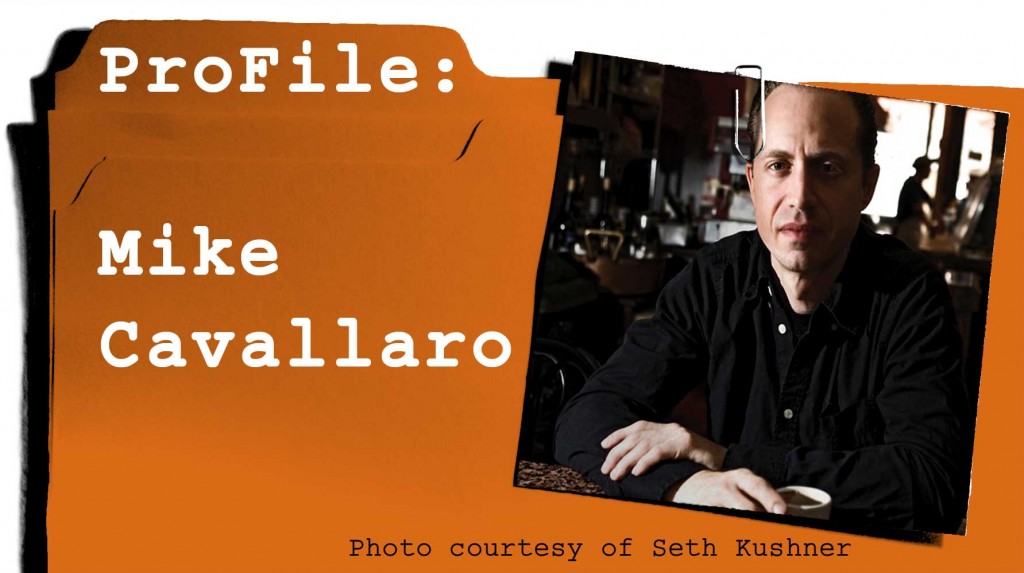Mike Cavallaro is from New Jersey, where he attended the Joe Kubert School of Cartoon Art, and has been a working cartoonist for over 20 years. His clients include DC Comics, Marvel, Image, First Second Books, Archie, MTV, Warner Brothers, Cartoon Network, and others. Mike’s comics include Parade (with fireworks), Nico Bravo & the Celestial Supply Shop, The Life and Times of Savior 28, with J.M. DeMatteis, Foiled and Curses, Foiled Again, with Jane Yolen, Recognition for Mike’s work includes YALSA’s “Great Graphic Novels For Teens” list, a Will Eisner Comics Industry Award-nomination, a Junior Library Guild selection, and others. Mike resides in New York City and is the vice-chairman of the National Cartoonists Society, Manhattan Chapter.
What made you decide to work in the medium of comics?
I was always interested in art, primarily illustration, and the more fantastic and unreal, the better. By the time I was graduating high school, I had already been working at my local comic shop for four years — it was my first job. My favorites were artists like Barry Windsor Smith, John Buscema, Frank Frazetta, Joe Kubert, Los Bros Hernandez, and of course many others. It was obvious that I was going to pursue some kind of art, and I guess I chose the one I was most influenced by at the time: comics. While other kids were applying to various colleges, I only applied to one place: the Joe Kubert School. After that, it was all comics, all the time, for the next couple years, and I guess it’s been that way ever since — pretty much the last 20 years.
What part of the process is the most challenging or frustrating to you?
All parts! Seriously, I suppose there are different degrees of “frustrating”. I mean, I’m frustrated by lettering because I don’t really want to do it, so it feels like sort of a drag to me. But, on my creator-owned stuff, there’s no one else to do it, so I gotta. But that’s more about tedium than anything else. There’s the frustration you feel when you can’t draw something the way you want and you’re erasing a hole into the paper and wasting time. But that’s somehow different. It’s not tedium, it’s coming face-to-face with your limitations and learning how to either exceed them or circumvent them in some way.
All-in-all though, the thing I find most challenging with comics is the writing. There was probably a point when I was discovering comics where I’d buy something just because it looked amazing. That’s not enough for me anymore. I need a story I’m interested in or I can’t be bothered. So I believe story (not just writing, but STORY: art and words working together) is the most challenging and important part of the whole thing.
If you could give one piece of advice to an aspiring comics creator, what would that be?
Be versatile. Don’t just do one thing, one way. Be able to shift gears, employ multiple techniques and styles, and have a command of all aspects of comics making: writing, pencilling, inking, lettering, and coloring.
Follow Mike’s work at mikecavallaro.com
